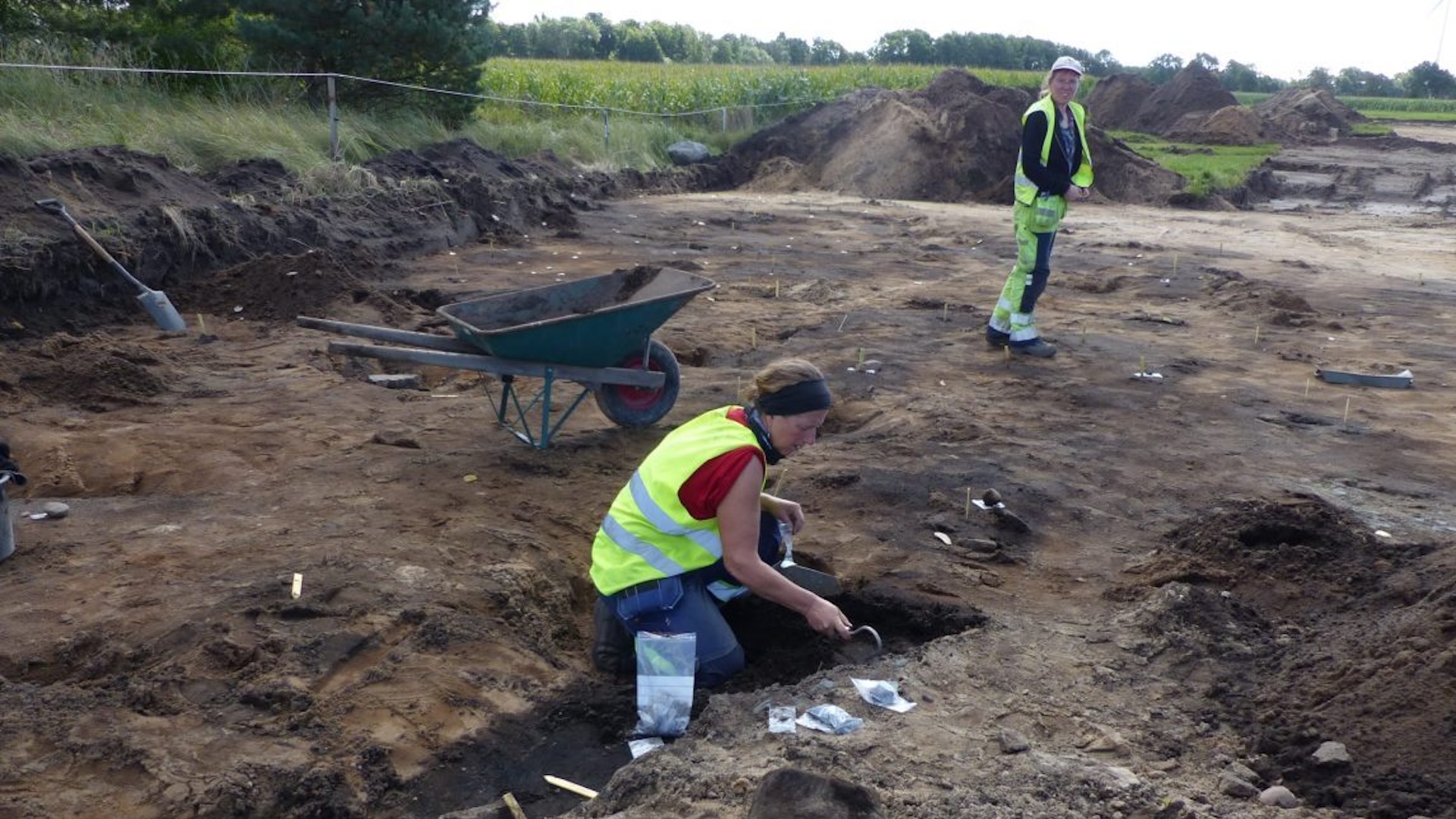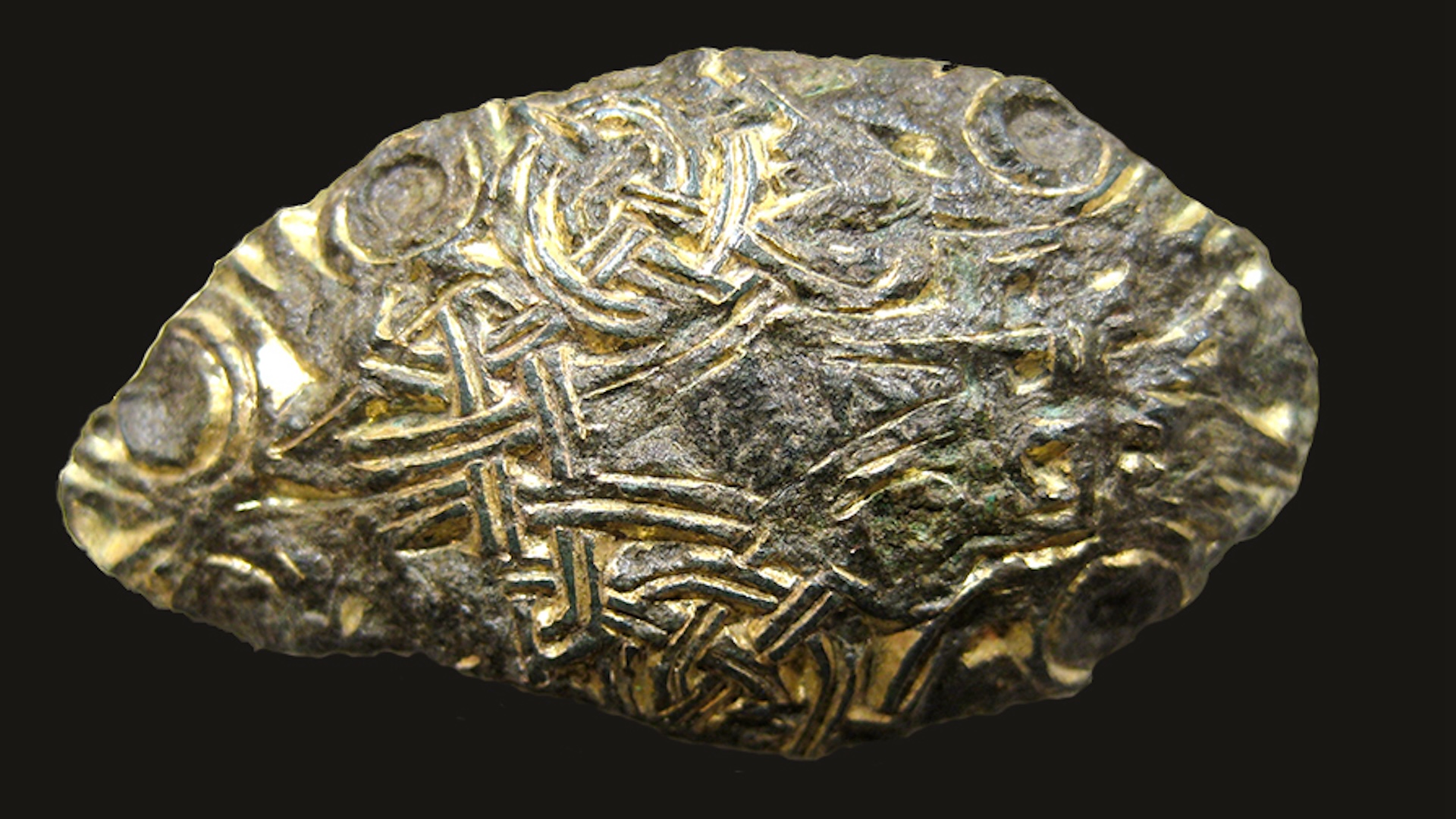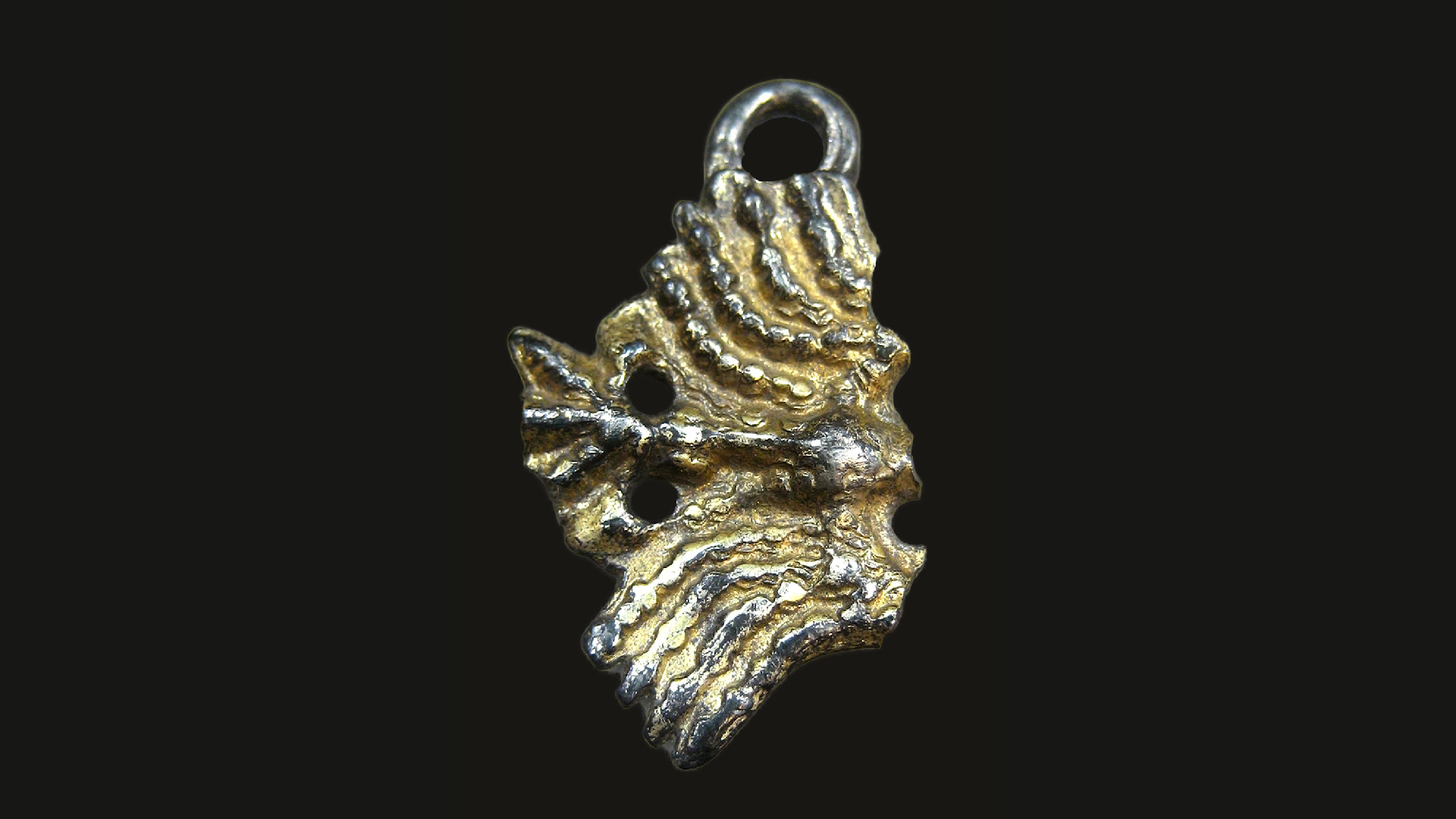
While digging to find an ancient settlement in southern Sweden, archaeologists made a completely unexpected discovery: an enormous Viking Age cemetery with more than 100 graves and several ship-shaped mounds.
As soon as excavations began, "we realized that there was a large Viking burial ground that we had to focus on," project leader Petra Nordin, an archaeologist at Sweden's National Historical Museums, said in a statement. "We have only excavated six percent of the burial ground."
The cemetery was initially found in 2017 in the village of Tvååker, in southwestern Sweden, ahead of planned road construction. Although Tvååker is mentioned in historical sagas, the aboveground remains of this particular cemetery were lost to time until recently.
"The problem is that the land has been plowed and leveled to create pastures," Nordin said, "so all the occupation levels, above-ground remains, and burials have been plowed to pieces."
During excavations carried out from 2017 to 2019, archaeologists located the remains of 139 graves, many of which included human and animal bones, metal accessories and ceramic vessels, in addition to large stones that were strategically placed around several graves in the shape of a boat.
Related: 50 Viking Age burials discovered in Denmark, including a woman in a rare 'Viking wagon'
One burial was particularly well appointed, according to Nordin. "In the grave were 17 vessels, human and animal bones, as well as woven weights and iron arrowheads," she said. "We have interpreted the square pit as a construction to help create good airflow for a [cremation] pyre above ground."


In this common Viking Age (A.D. 793 to 1066) burial ritual, the body would have been burned on a funeral pyre. Then, animals such as cows and pigs were placed on top as food sacrifices, and the grave was closed. A ring of large stones in the shape of a ship's outline — known as a stone ship — may also have been erected around the grave.
Archaeologists also discovered a fragment of a silver coin from Arabia, which they dated to between 795 and 806, giving a general time frame for the burial ground. A full report of the cemetery excavation completed to date was published in 2023.
However, the settlement associated with the cemetery has not been found yet.
"Is the village located at the mouth of [the] Tvååker [River] or is it near the burial ground? We do not know," Nordin said. "But it is exciting to see what will emerge in the future."







